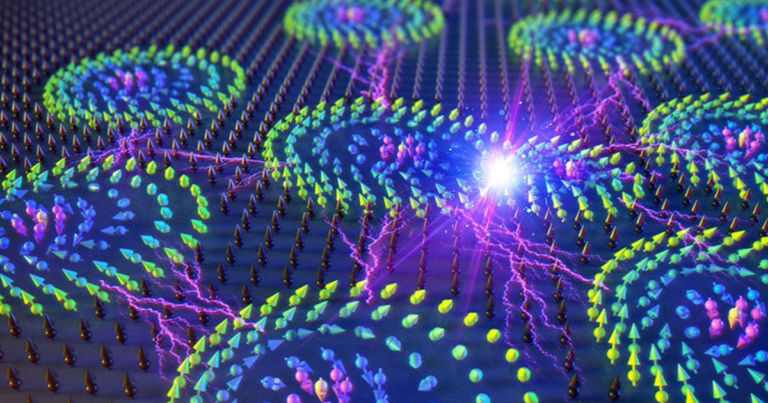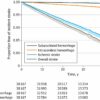Splitting Off
For the first time, scientists have found that a bizarre subatomic “quasiparticle,” called a skyrmion, that’s capable of reproducing itself in an unusual way.
A skyrmion is considered a quasiparticle because it acts like a subatomic particle in many ways, but doesn’t have any mass. In an experiment probing how skyrmions are formed that was published in the journal NANO Letters, a team from the U.S. Department of Energy’s Ames Laboratory learned that they actually split in two and reproduce — not unlike a biological cell.
Growing Apart
Skyrmions are packets of energy and magnetic forces that self-arrange into patterns resembling the tightly-arranged atoms inside a crystal. Physicists have speculated that manipulating them could lead to breakthroughs in data storage and transfer technology, but there are a lot of remaining questions that would need to be solved.
“In order to integrate skyrmions into future devices, science must have an accurate understanding of their formation mechanism,” Ames researcher Lin Zhou said in a press release.
Separation Anxiety
Skyrmion structures can grow through an additive process, in which their crystalline pattern expands outward as new skyrmions are formed, according to the study.
But it’s actually preferred — energetically favorable at the nanoscale level — for them to split in two and self-repair, an unprecedented parallel between particle physics and cellular biology.
READ MORE: Researchers discover skyrmions can split like biological cells [Ames Laboratory]
More on subatomic particles: Physicists Are Crashing Matter Into Antimatter To Hunt for a New Boson



